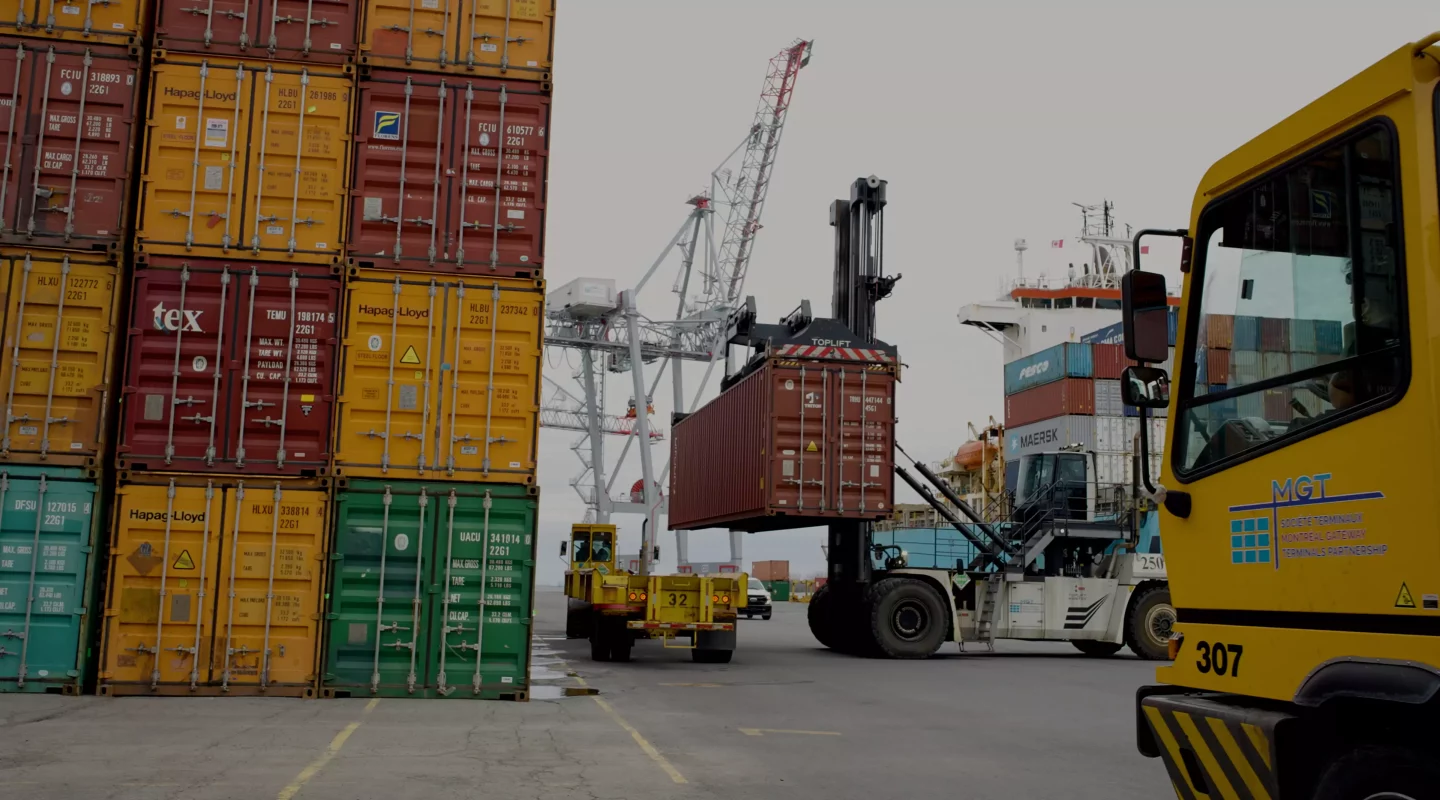News and resources
Why is it so important to integrate optimization and machine learning?

This video was recorded during the ALL IN 2023. Our scientific advisor Emma Frejinger delves into the application of artificial intelligence in solving complex, industry decision-making problems, specifically in transportation, logistics, and supply chain management.
Key points of the video
- Think about a high-value problem in your organization. It can be using sensors for better inspection, for instance, using machine learning to predict maintenance requirements, and then scheduling that maintenance. Or, it could be procurement, inventory management, routing, fleet management, etc.
- Most likely, there is something you don’t know perfectly about this problem, so you need some sort of prediction. When we talk about transportation, logistics, and supply chain management, demand is typically an important source of uncertainty, but it can be something else like costs or equipment failure.
- Right now in the AI field, high-quality data, high-performing algorithms, and massive computing power allow us to achieve high performance using machine learning, and to solve tough optimization problems, such as fleet management in the railroad industry with thousands of locomotives running thousands of trains per week.

- Over the past decades, we have seen algorithmic speed-ups as large as 265,000 times. If we add increasing computing power to that, it results in billion-time speed-ups. Hence, problems that would have taken years to solve a couple of decades ago, can now be solved in less than a second. This has a lot of potential and is routinely used in industry, for instance, to solve scheduling and routing problems.
- In current practice, prediction and optimization problems are often tackled separately. In the context of demand forecasting, we would use high-performing machine learning algorithms to predict demand. Then, we would use point predictions as inputs to an optimization algorithm producing a solution to a decision-making problem. The key issue here is that there is always some degree of uncertainty around those predictions. That’s why uncertainty characterization is important and is an active research area.
- The objective is not only to focus on getting the best possible predictions but also to characterize the uncertainty around those predictions and assess its importance for the decision-making problem at hand. The question we should ask ourselves is not whether our accuracy is good enough, it’s whether the information our prediction algorithms are producing for the decision-making problem we want to solve is valuable.
- To achieve that, we need to integrate optimization and machine learning. With such an approach, we don’t treat the prediction task in isolation from the optimization problem. To get the best possible outcome, we tackle them jointly while acknowledging uncertainty and aiming for human-interpretable solutions that take into account the decision-makers’ perception of risk.
